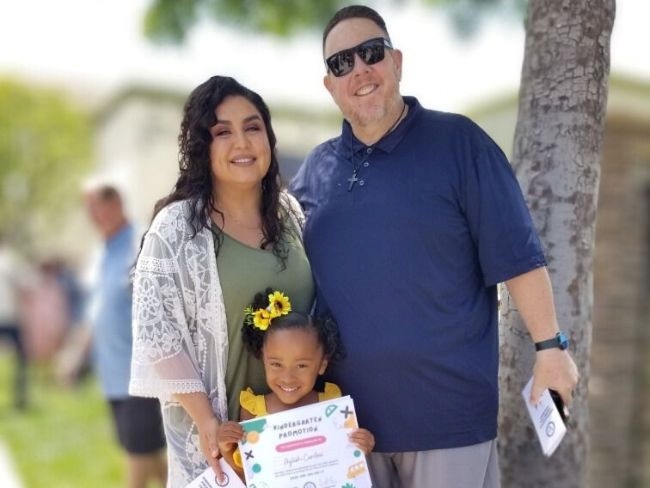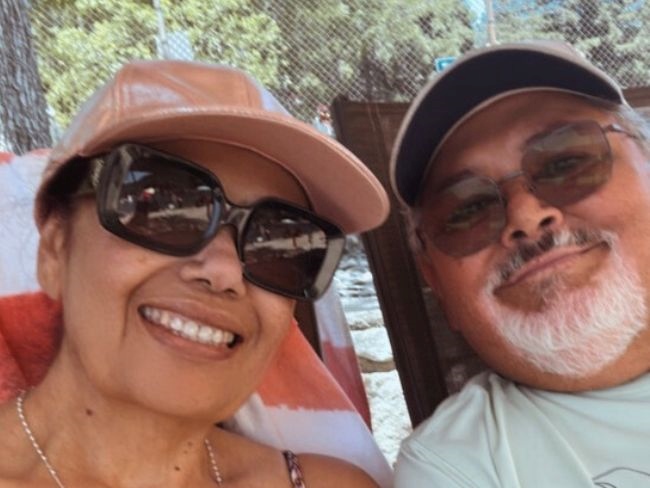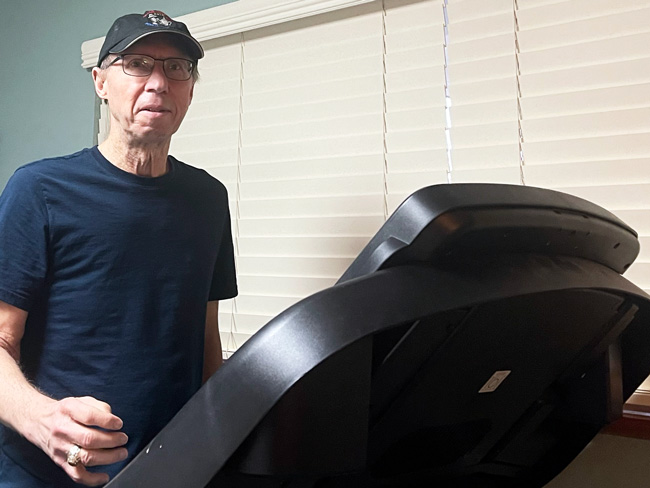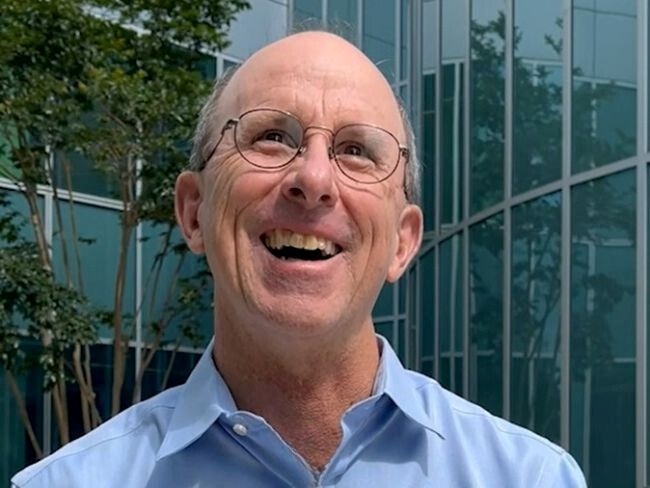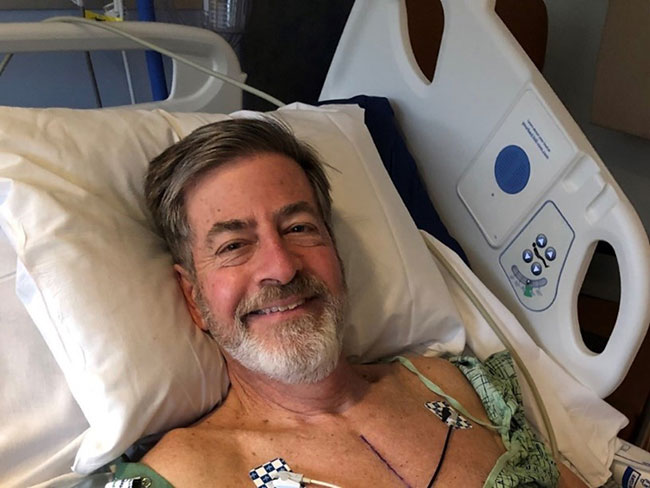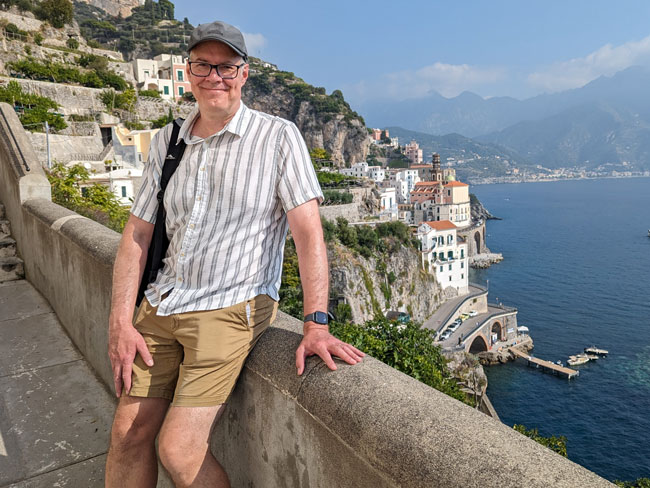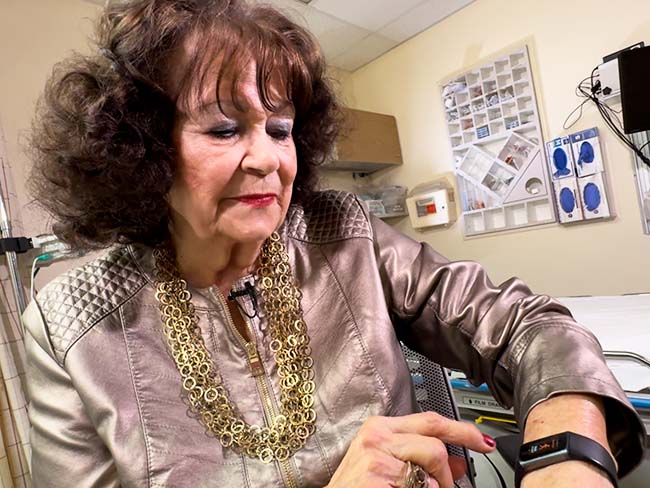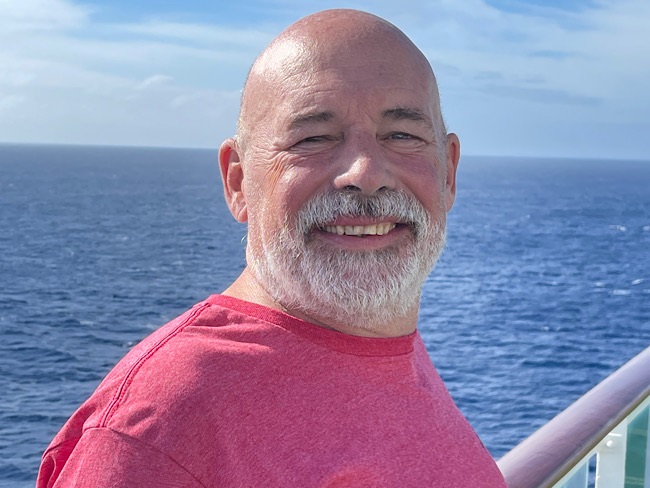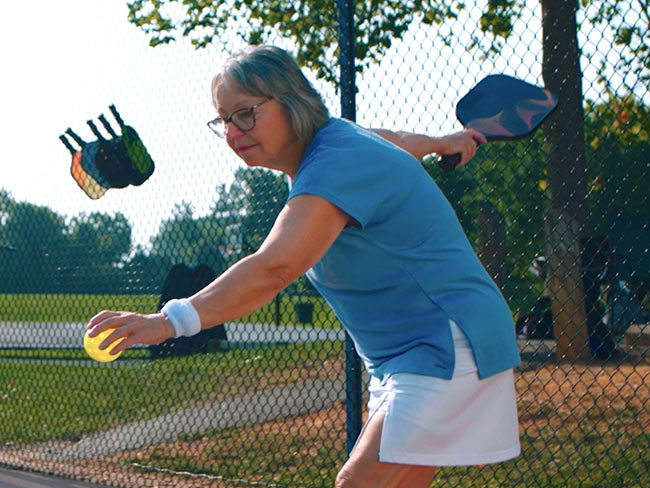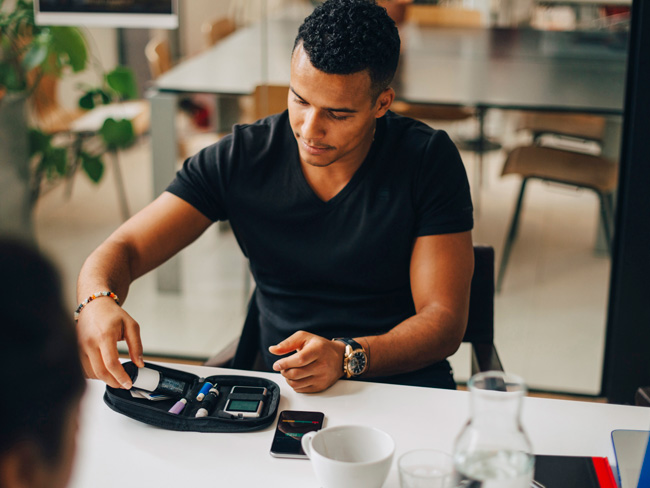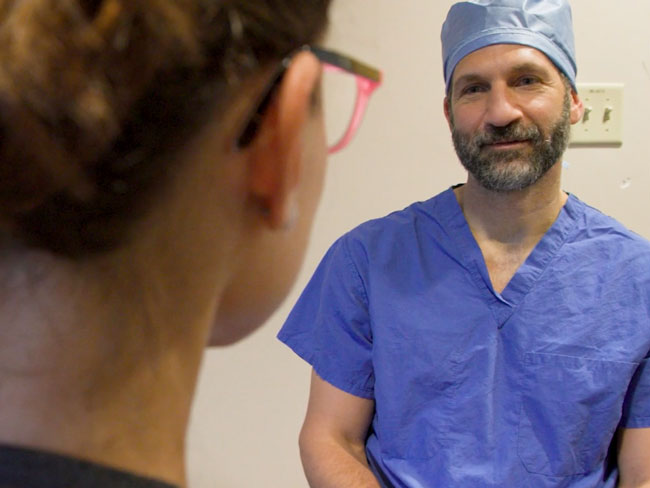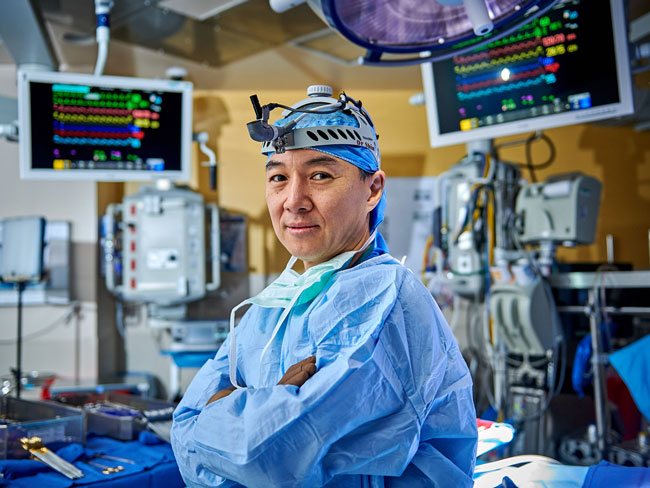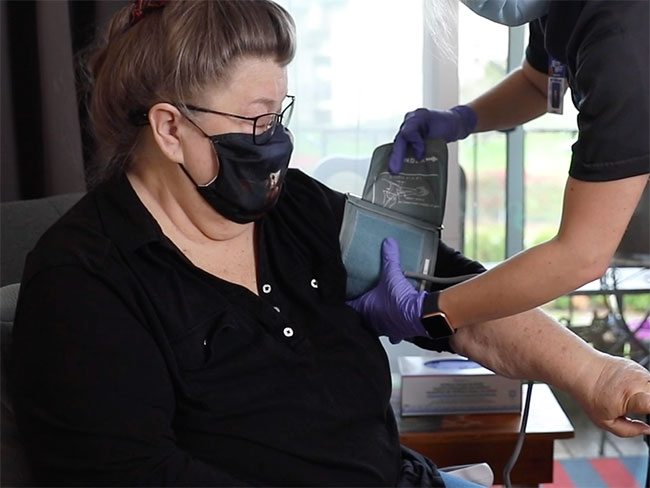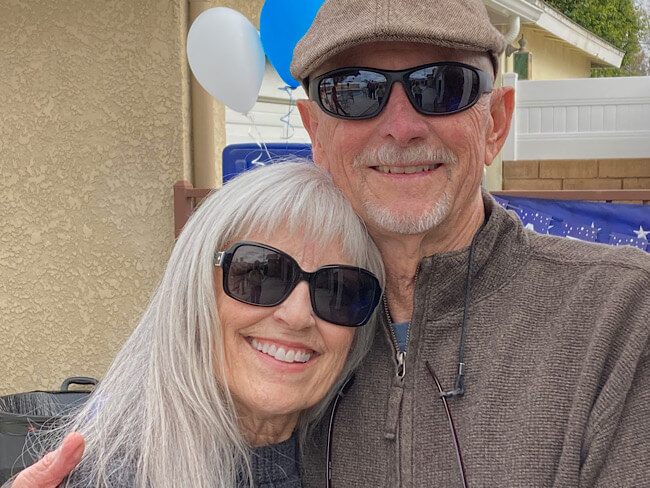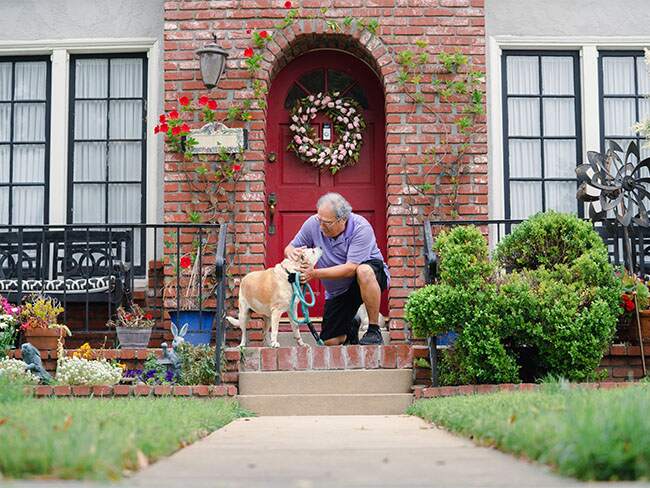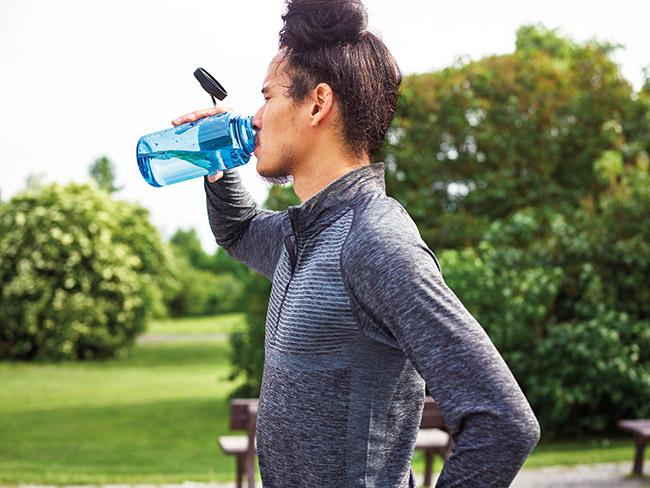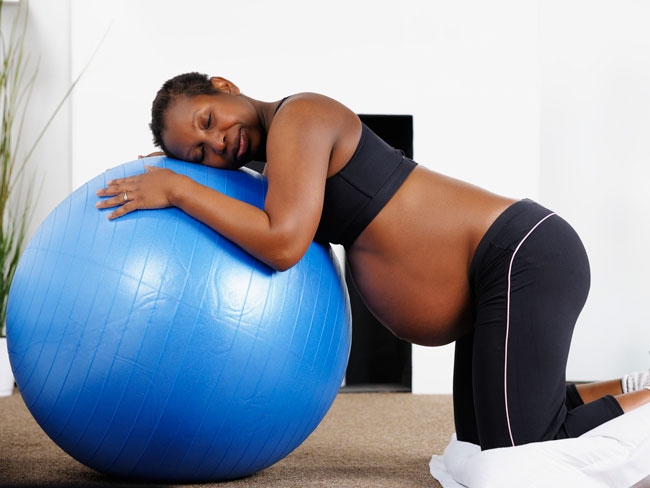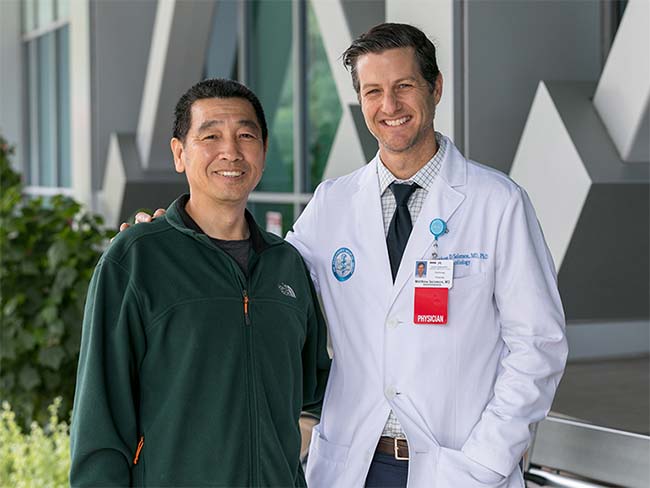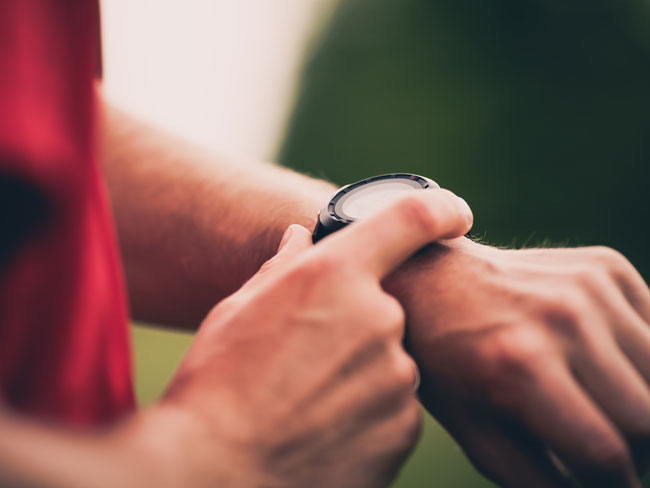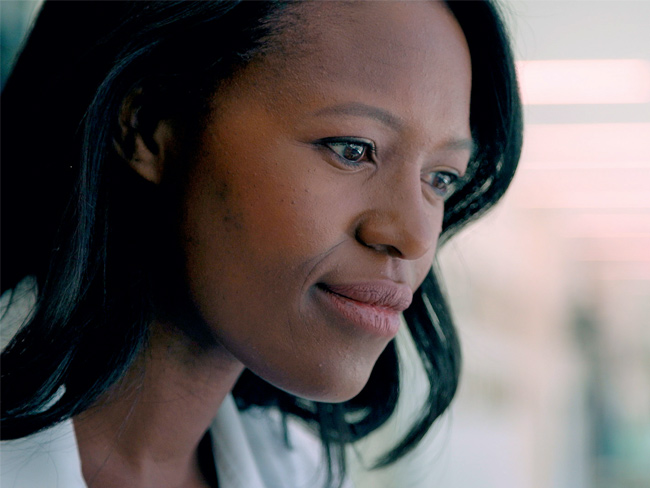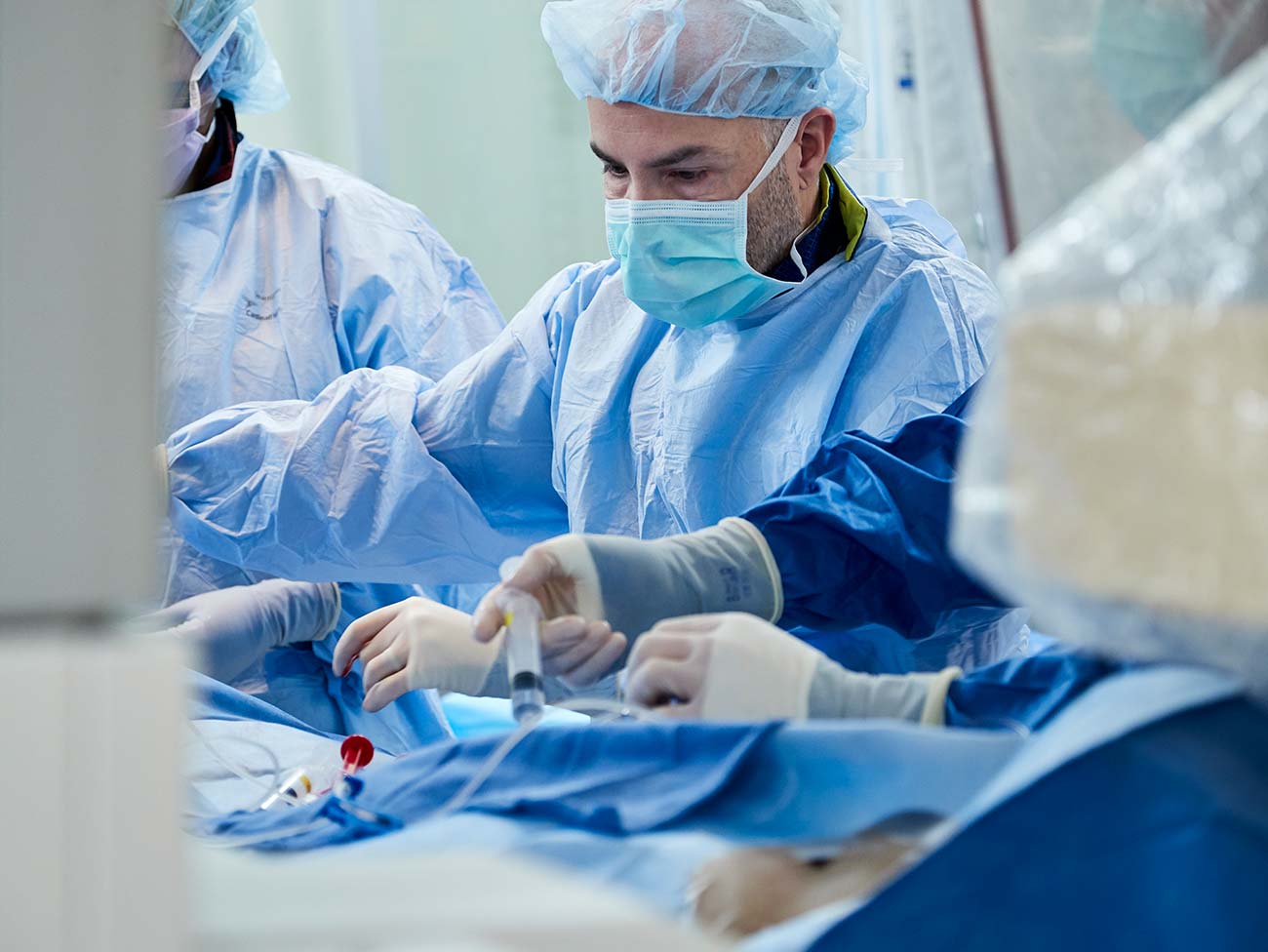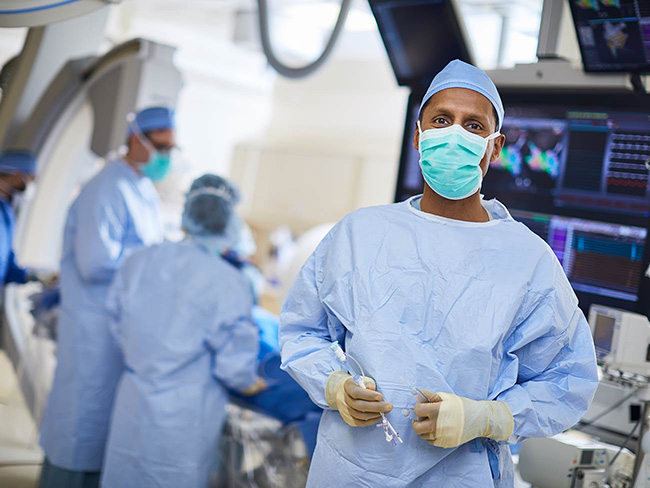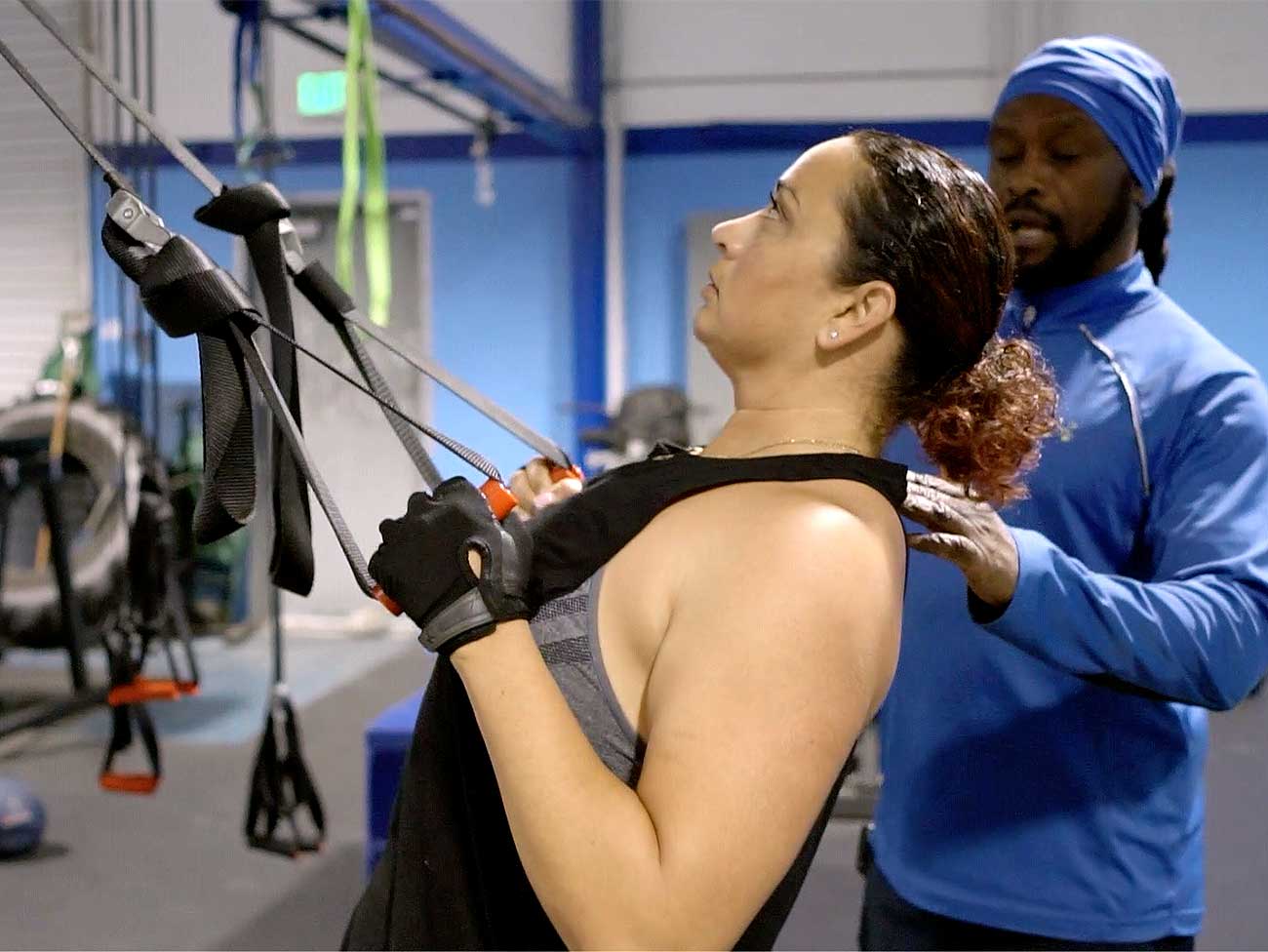Providing a bridge to heart transplant
The use of a ventricular assist device implant gives one Oregon woman the chance to receive a new heart.
Suzanne Waine with Divya Soman, MD, at her first medical appointment after having a successful heart transplant.
For most people, having a doctor recommend that you get a heart transplant would be scary or overwhelming. Not for Suzanne Waine. “When I learned I could get on the transplant list, I welcomed it,” said Waine. “I was really excited, and it propelled me to do even more for my health.”
Waine comes from a family with a long history of serious heart issues. When she was in her 40s, she exhibited common signs of heart trouble, including a chronic cough, extreme shortness of breath, and exhaustion. Eventually, she was diagnosed with an irregular heartbeat and congestive heart failure, which occurs when the heart doesn’t pump blood as well as it should. Despite years of treatment, her heart continued to get worse.
“It sounded like maybe I had only a few more months to live, and of course I wasn’t happy about that,” said Waine.
New options and a path for recovery
However, her doctors at the nationally recognized cardiac program at Kaiser Permanente Sunnyside Medical Center in Oregon kept looking for new options for her. The one that ultimately set her on a path to recovery was the ventricular assist device, or VAD, program, one of only 2 such programs in Kaiser Permanente’s nationwide system.
The VAD is a tiny pump that helps the heart pump and move blood throughout the body.
It can act as a “bridge to transplant,” reducing stress on your heart while you wait for a heart transplant. Or, it can extend the life of people for whom transplant isn’t an option. At Kaiser Permanente in the Northwest, survival rates for patients who have had a VAD are 11% higher than the national average.
Clifford Moore, NP, who is the VAD program manager for Kaiser Permanente in the Northwest, is quick to point out that survival isn’t the only measure of success. “The goal is not just to prolong your life but also to improve quality of life and get you doing things you used to do and want to do again,” he said.
Successful step toward health leads to transplant
In Waine’s case, receiving a VAD was a critical step toward health. She did so well with the VAD implant that her doctor suggested she try to get a heart transplant. This meant losing the excess weight that is a common side effect of this type of treatment. After only 11 days on the transplant list, Waine got the call that a heart had become available.
Waine’s recovery is going exceptionally well. She has said an enthusiastic “yes!” to every family get-together, no longer feeling like she’s holding the group back due to physical limitations.
She looks forward to beginning her recovery program, which includes working on nutrition and exercise to help her get stronger. She’s excited to start doing things she used to love doing, like going for walks on the beach. “I feel like I did 20 years ago.”
Waine said she is very happy with the VAD program and her specialists. She highly recommends a ventricular assist device to anyone who is in need and has the option.
As she looks forward to a continued recovery, she’s grateful for the team that got her to this point. “The Kaiser Permanente team always gave me hope,” she said. “I never gave up hope. To me, that’s the most important. I knew I had a wonderful support team behind me, and no matter what options I chose, Kaiser Permanente would back me.”
Learn more about cardiac care at Kaiser Permanente.



